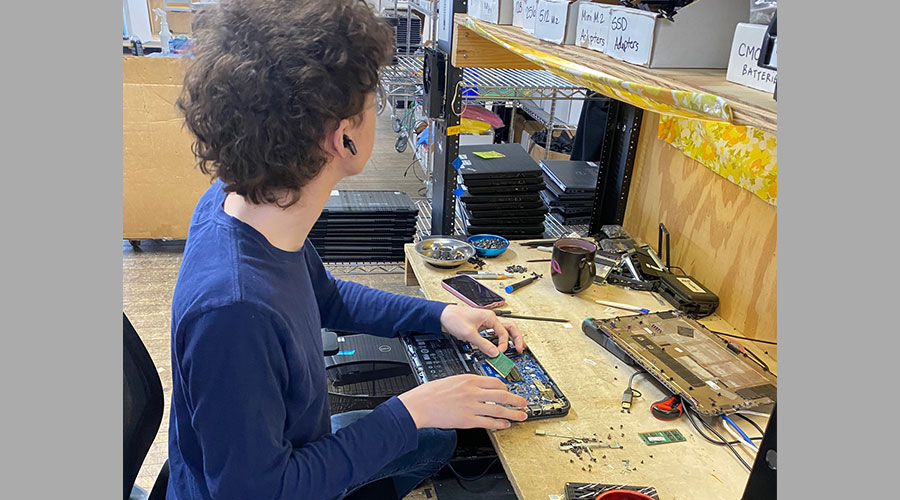Philips Arena Achieves LEED Certification
The green building movement has reached unprecedented levels. Reading about schools, commercial offices and health care facilities vying for green building certification is a daily occurrence.
But lately, professional sports arenas and stadiums are joining the fray. It is becoming more common for new construction projects to incorporate green elements into an arena’s plans. But what about existing buildings?
The answer to that question begins with Philips Arena in Atlanta.
Arenas, especially those that host multiple sports teams, pose maintenance and engineering challenges — lighting, indoor air quality, HVAC — no other type of facility can match. So when Philips Arena decided to pursue certification under the U.S. Green Building Council’s (USGBC) rating system, Leadership in Energy and Environmental Design for Existing Buildings: Operations & Maintenance (LEED-EB: O&M), the committee spearheading the effort understood it would not be easy, especially on a strict budget.
“The first thing we did was sat down and looked at the manual and determined what credits and what points we could go after,” says Barry Henson, the arena’s vice president of building operations. “We were also challenged with doing this and not having any capital outlay and not breaking the bank, so to speak. Everything had to have payback.”
Despite tight budget constraints and a timeline of about a year, the arena — home to the NBA’s Hawks and the NHL’s Thrashers — became the first National Basketball Association (NBA) or National Hockey League (NHL) arena to achieve LEED certification for an existing building.
Related Topics:















